If you haven’t yet heard of Art Nouveau, or perhaps you’re looking to learn more about the style itself – you’ve come to the right place. You may have noticed the Art Nouveau design style before without even knowing it!
What is Art Nouveau?
Directly translated from French, Art Nouveau means ‘new art’. As a movement, art nouveau had a significant impact on the design world, even influencing other design styles such as Art Deco. Particularly popular during the 19th and 20th century, this globalized style of art and design had its roots in academism – an era that spanned just before art nouveau itself. Its rise to popularity was seen mostly in the United States and Western Europe, reaching its peak in the 1920s. For a design movement that was so influential, it sure ended quickly! Still, its impact is still relevant today in a number of ways.
To be blunt, art nouveau is more than just a graphic design style, but also a style of architecture and decorative art. You might be wondering, how can we easily recognize the art nouveau style? Well, keep an eye out for a dedication to natural lines, forms and structures. You should also be able to notice an attention to curved lines on flowers and plants. Even with all this in mind however, it can still be difficult to identify this style as it seems to have a presence across all design related spheres. That’s where we come in – in this ultimate guide we’re going to be breaking down everything that is art nouveau! Touching on its history, its relation to the industrial revolution, as well as how art nouveau can be seen today, we’re going to cover it all.
In this post, we’re gonna dive right into the art nouveau design style in all its forms. Get ready!
The History of Art Nouveau
The origin story of this beautiful design style is based in Britain. Textile designer, writer and social activist William Morris’ floral designs, ideas and concepts were incredibly influential. Together with these designs, the Arts and Crafts movement that he created with his pupils was at the core of the art nouveau design style. The Arts and Crafts aesthetic of the time was characterised by romantic, folkish and medieval themes.
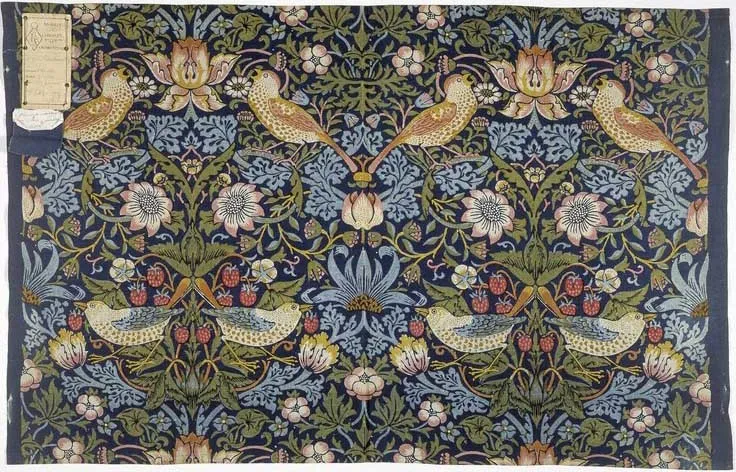
Once established, the art nouveau style spread throughout Europe like wildfire, even having different names for the style depending on the country! The words for ‘art nouveau’ were ‘Modernisme’ in Catalonia, ‘Secession’ in Prague, ‘Liberty’ in Italy and ‘Jugendstil’ in Germany. This surge was all thanks to photo-illustrated art magazines and international art exhibits.
This ‘new art’ style was inspired by a yearning within the art community to reform functional design, which was often thought to be underappreciated and underrepresented, by implementing a dignity to art in every day life. Put simply, the idea behind art nouveau was based on the desire to deconstruct traditional and elitist ideals within the art world. Running with this idea, the movement set out to highlight the importance of beauty in our everyday lives, and how this beauty can in fact be functional.
“Have nothing in your house that you do not know to be useful, or believe to be beautiful.” – William Morris
Similar to Romanticism, art nouveau drew inspiration from plants and nature, emphasizing individualism, freedom and imagination. As I mentioned earlier, this art style was born as a reaction to traditions and world events that were happening at the time – the industrial revolution being one of them. Perhaps one of the biggest distinguishers between romanticism and art nouveau is their position on the industrial revolution. The romantics heavily criticised it, whereas the art nouveau movement both embraced and was fuelled by it.
Art Nouveau & the Industrial Revolution
It may take a while to give you a detailed description of what the industrial revolution was, so I’ll keep it short. Put simply, the industrial revolution began in 18th century and marked the transition from a manual, hand-laboured economy to one that was characterised by machines and the rise of technology. There are 5 key components of industrialisation; connections, capital, land, labour and technology. It is these 5 components that are similarly reflected in the art nouveau style.
Art materials like glass, iron, steel and concrete were increasingly accessible during this time as production became faster and cheaper. Expectedly, the art nouveau movement embraced the revolution and their newly granted access to the materials they needed to create their artworks.
As I mentioned earlier, a key component of art nouveau is the importance of beauty and art in your everyday life. The industrial revolution made it possible for those who did not have the means to create the art they’d like, and appreciate the beauty of it. Basically, from the perspective of the art nouveau movement, industrialization provided art for the people. I’m sure you can imagine how happy this made artists of this time – as their aim was to bring beauty to all aspects of life, for everyone!
The Key Characteristics of Art Nouveau
The art nouveau art style is relatively easy to identify, as long as you know what you’re looking for! Curved, organic and meandering lines, asymmetry, vines, flora and fauna are all indicative of the art nouveau style.
In terms of the art nouveau colour palette, some of the most used colours include dark reds, yellows, brown, dark blues and an olive green (these can of course vary). This style really embraces the beauty of natural objects and beings, often highlighting their subject in an elegant or graceful way. Ornaments were considered a structural symbol of art nouveau as artists created an organic world composed of flowers, vines and other delicate natural elements.
Another key characteristic of this style is the use of bold outlining together with delicate hand-illustrated typefaces and designs. The overall approach to art nouveau aimed to honour the unique forms, shapes and themes that exist in nature in a way that is increasingly romantic and whimsical! Because of the feminine themes depicted throughout this movement, female figures are also commonly seen in art nouveau.
Czech painter Alphonse Mucha created beautiful art nouveau paintings around 1897.
The Domains of Art Nouveau
Architecture
A dominant sphere in which the art nouveau style can be seen is within architectural design. Blending ornament and structure, this style incorporated a number of different elements – for example, glass, ceramics, brickwork and iron.
Interior architectural design was characterised by columns, beams, large windows and sometimes natural vines too! Asymmetrical shapes, arches, flowing forms, stained glass and Japanese themes are all characteristic of the art nouveau style in architecture. Think… glass and iron staircases!
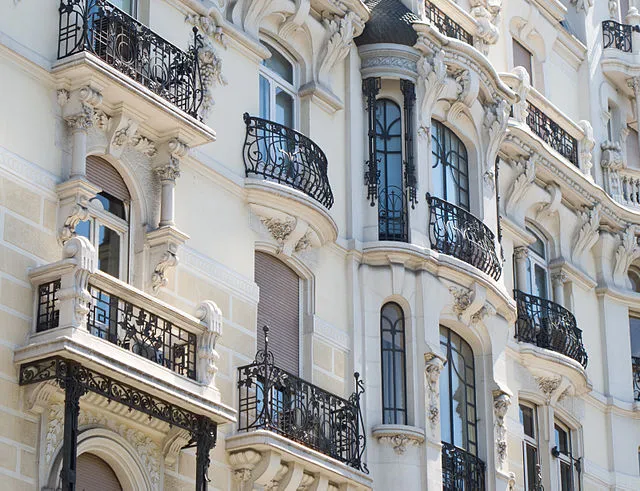
Another great example is Gaudi’s Casa Mila (1905-1907) which incorporates a number of contrasting elements to create an organic, cohesive whole.
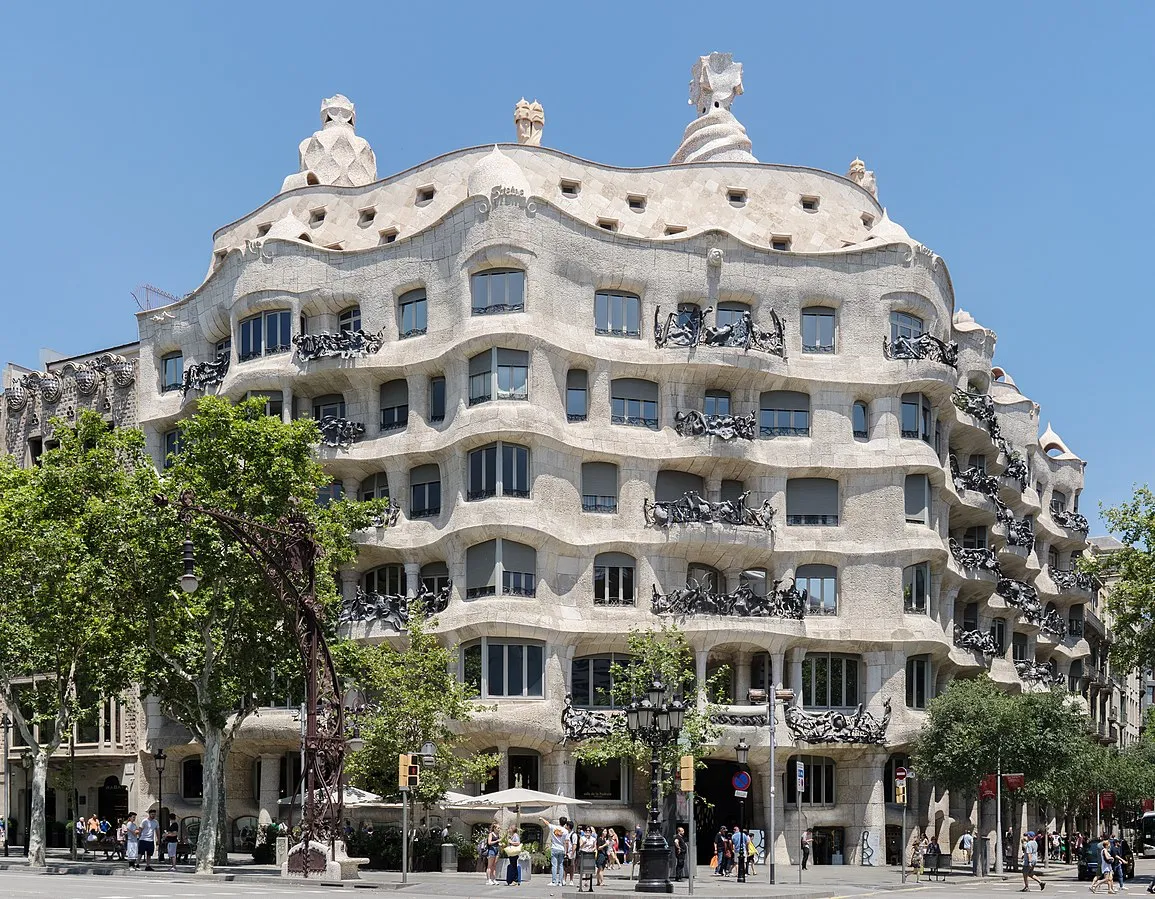
Prints
For art nouveau, prints are a significant, defining feature that are in fact crucial in understanding the movement as a whole. The choice of colour palettes, line work and subject matter make up the essence of what art nouveau is.
Here are some examples to give you a better idea of what I mean:

Mataloni – La Tribuna – Art Nouveau linograph 
Eugène Grasset – Art Nouveau lithograph 
Berthon – Les Maitres – Art Nouveau Lithograph 
Spooner – Humber – Art Nouveau – lithograph
Original art nouveau prints were hand drawn, painted and printed into a number of different forms. These ranged from posters to advertisements to magazines. The extravagant, floral, organic was immediately recognizable and seemingly left a lasting impact on the design community. Art nouveau posters are now considered collectables, with originals being sought out by many!
Painting
Art nouveau in relation to painting should be recognized as a reaction to Impressionism, rejecting the preconceived conception of linework, surface and form. The paintings made under the style of art nouveau are characterised by their ornamental and decorative features.
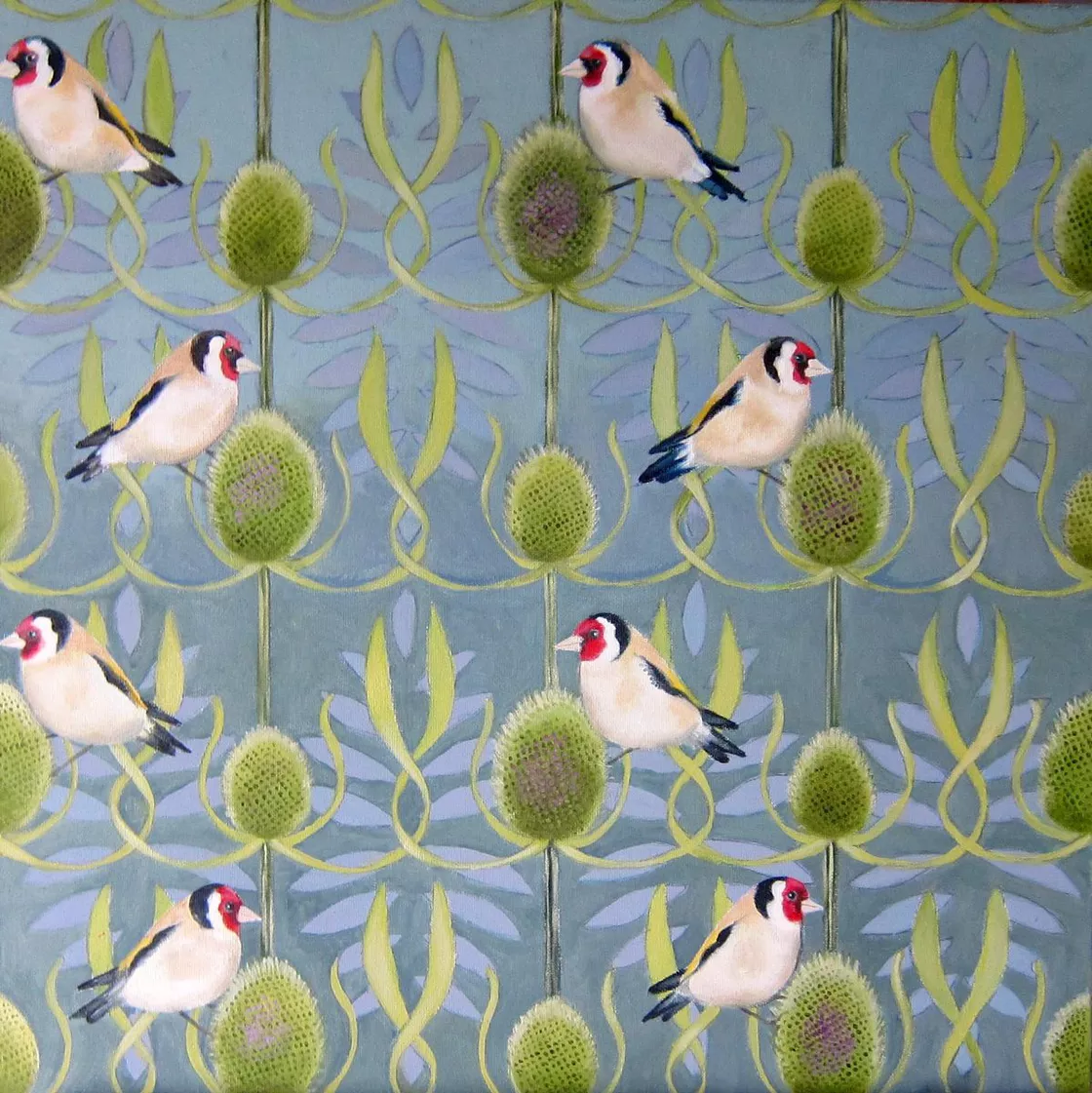
Jewellery
The jewellery of the art nouveau movement was rooted in an almost mystical, cottage-core style. As the main inspiration was nature, elements of enamel, semi-precious stones and opals were used in the designs.

Gold-plated Art Nouveau pendant in the shape of a heart with floral decoration + necklace in Art Nouveau style 
French Art Nouveau ring. S-shaped ring head set with two bright red stones, garnet or ruby, in a claw setting, and five bright white stones in a pave setting. 
Jugendstil necklace with jasseron chains, set with a facet cut garnet in a star setting surrounded by leaves, also at the clasp.
Furniture
Similar to the other forms of art nouveau styling, the furniture created in this style included round shapes, forms and elegant line work. Metal, glass and wood were the commonly used materials to create these pieces. If you’re looking for defining features of art nouveau inspired furniture, look for a multitude of draws and painted glass!

Jugendstil round table, in the manner of Adolf Loos 
Pair of armchairs, art nouveau style
Books about Art Nouveau
We’ve created a shortlist of four interesting books for you to learn more about the Art Nouveau style or to get you inspired.
Art Nouveau Today
With all this being said, it is important to note whether art nouveau is still present or relevant within contemporary design culture. The answer is yes. Although the movement itself became relatively unpopular after 1910, it left its mark in the realm of in a number of design spheres, including architecture, interior design, painting and jewellery to name a few. Today, creatives of all kinds still admire and take inspiration from this iconic era of art and design. Inspiring artists to reject tradition and embrace nature, the art nouveau style was just too appealing to disregard forever!
Within the last 20 years in particularly, art nouveau has slowly but surely been on the rise again. This is likely due to the popularity of postmodern design.
Resources
We hope that after reading this post you understand a little more about what the art nouveau design style really is, where it came from and how it has become such a well-loved style today.
We’ve provided some of our favourite art nouveau inspired resources here.


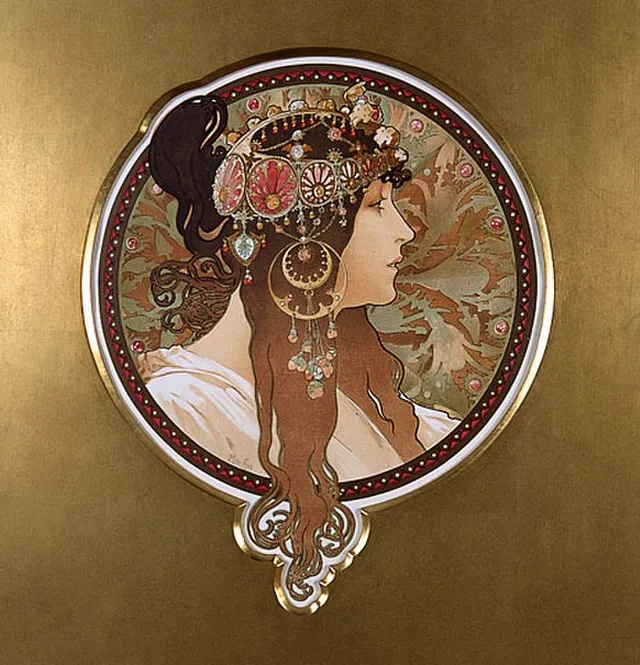

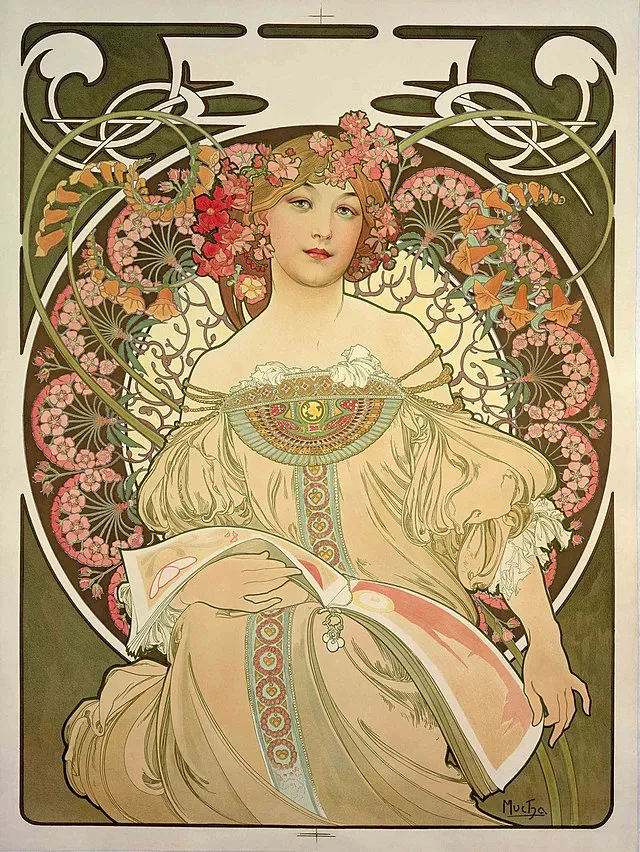
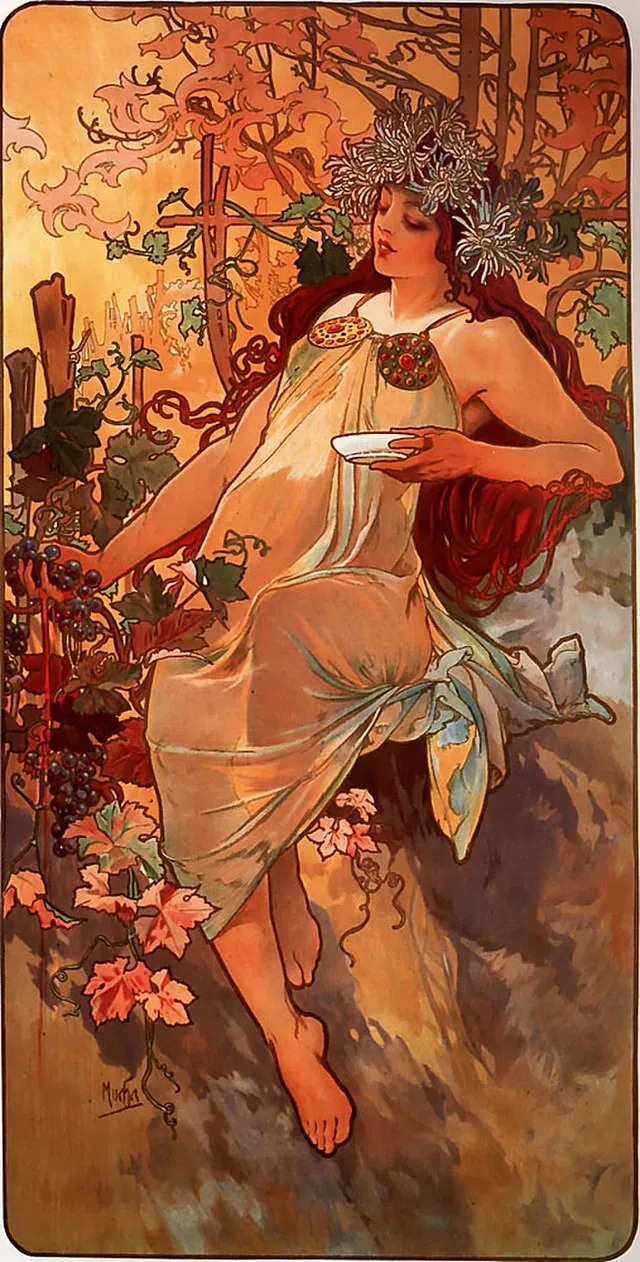
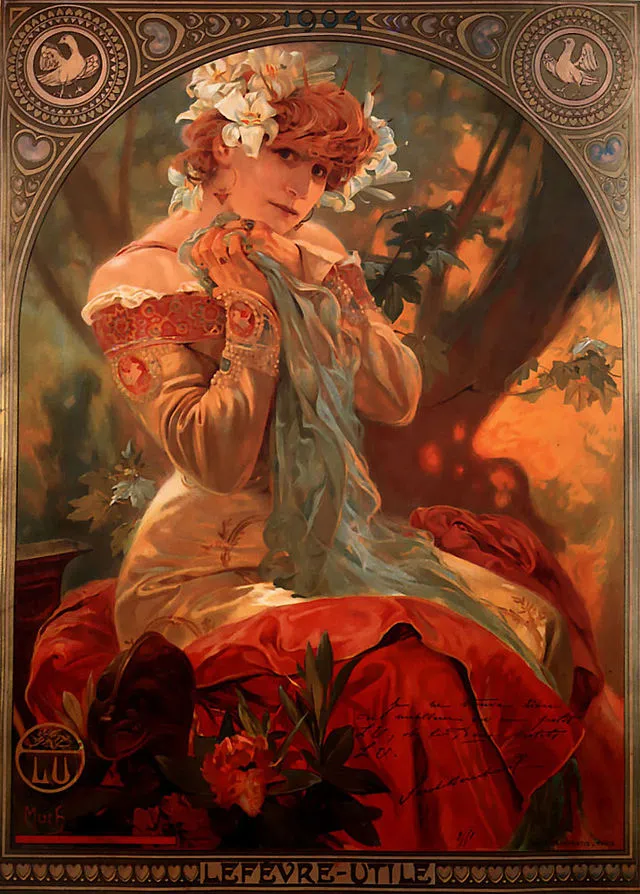
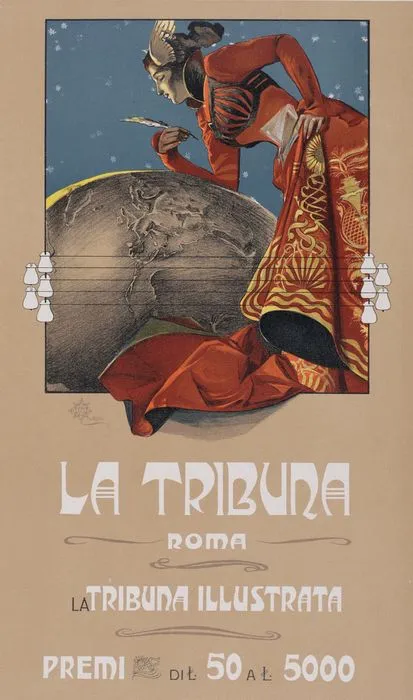
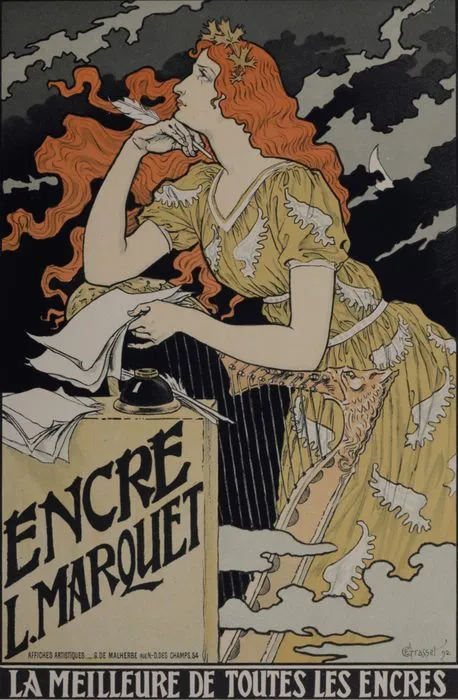
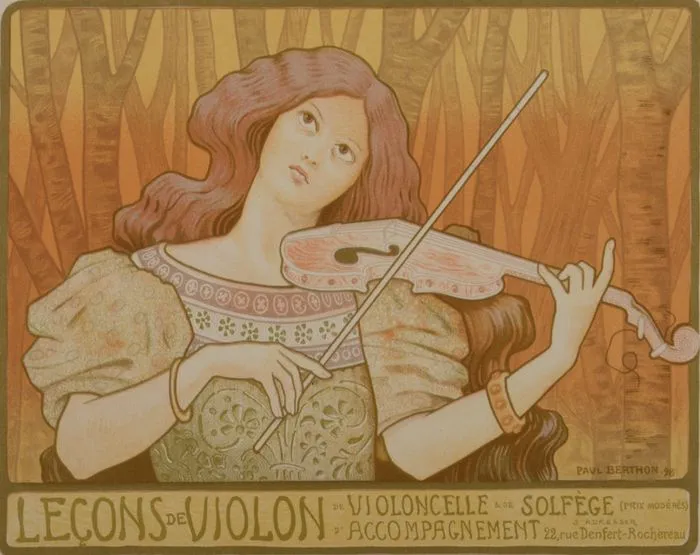
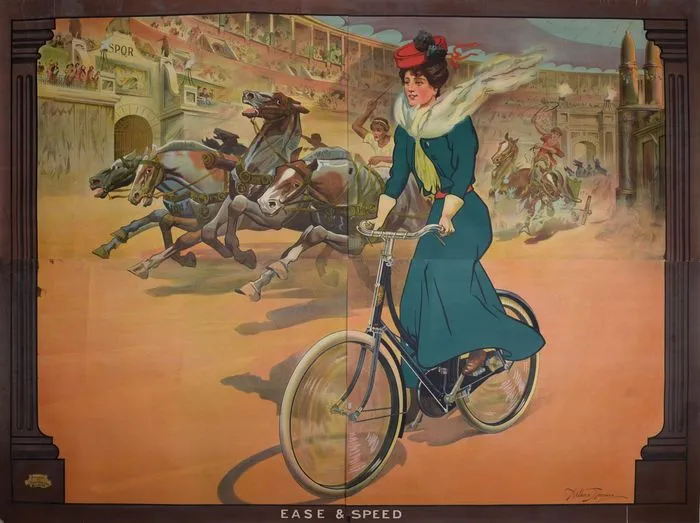
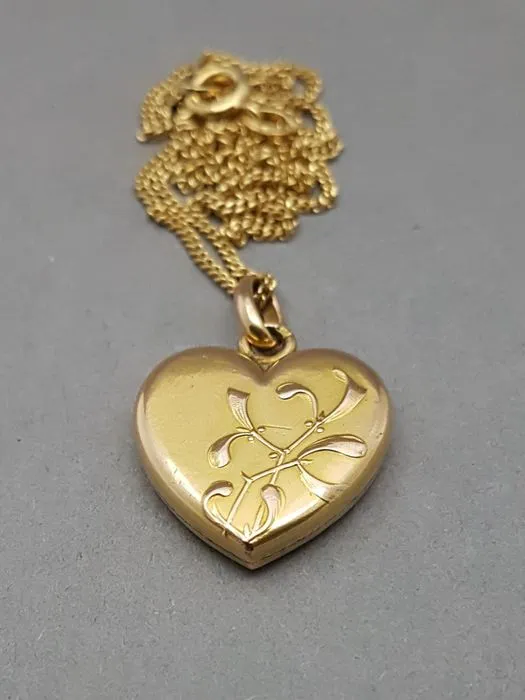
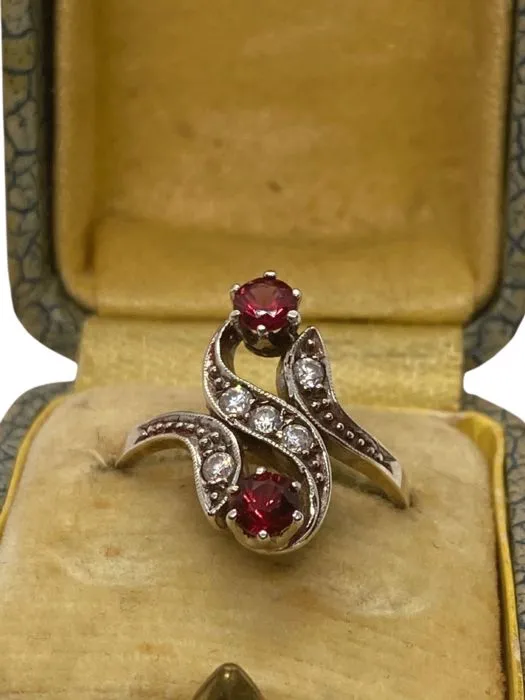
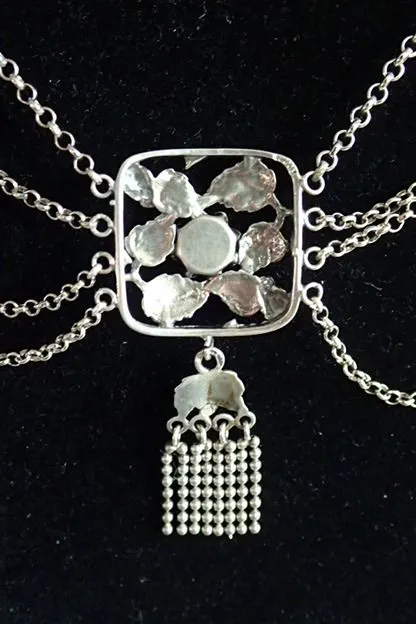
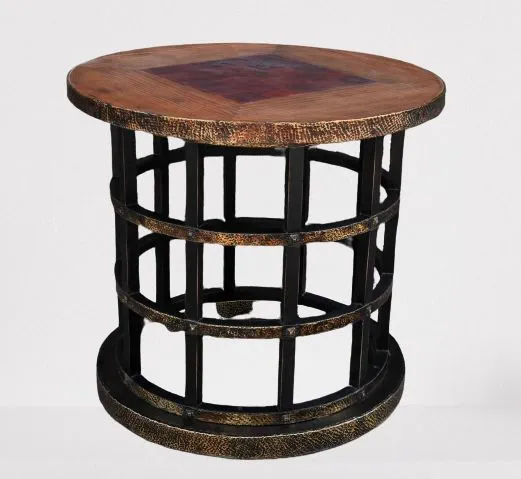
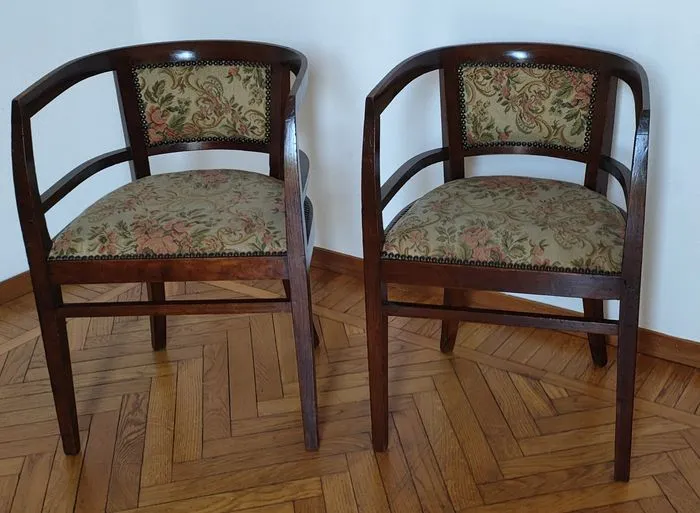
















0 Comments